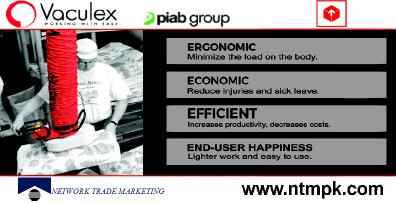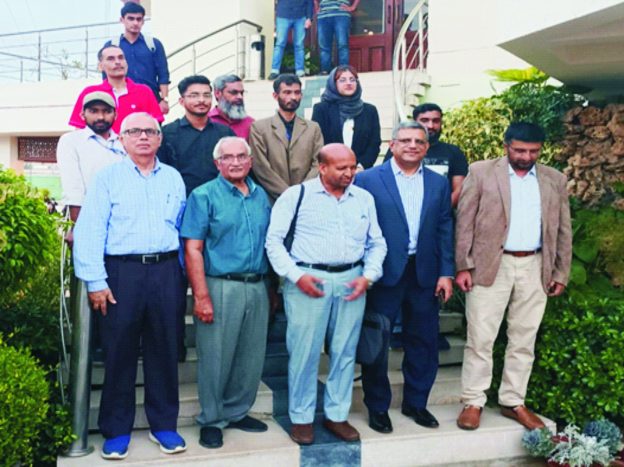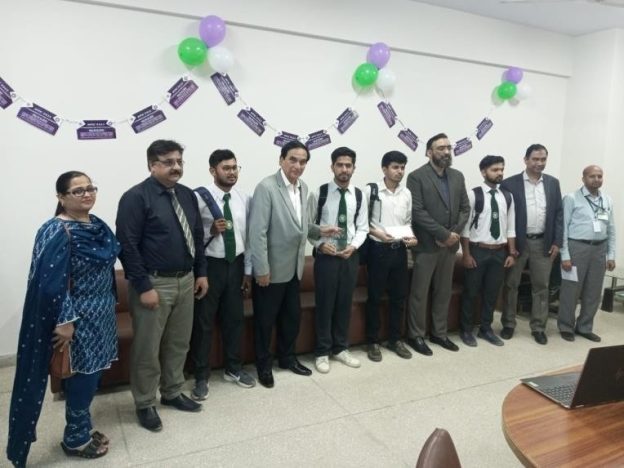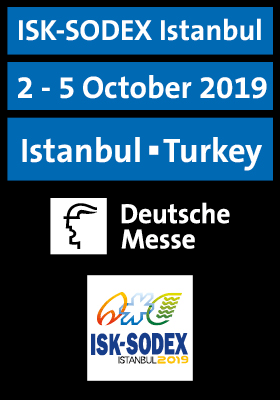The amount of electricity produced fluctuates depending on the time of day, moon phase, season, and uncontrollable variables like the weather. Energy derived from solar, tidal, and wind source naturally varies on time scales ranging from minutes to weeks or longer. Therefore, renewable poses unique difficulties for electric utilities in the absence of storage. While connecting numerous independent wind sources helps lessen overall unpredictability, solar power is invariably unavailable at night and tidal power fluctuates with the moon, resulting in four times per day of slack tides. Coal, biomass, natural gas, and nuclear power generation that relies on energy stored in fuels must be ramped up and down in an electrical grid without energy storage to keep up with the rise and fall of electrical production from intermittent sources (see load following power plant). Nuclear and coal power facilities have a very long time to adjust to load, whereas hydroelectric and natural gas power plants may be quickly scaled up or down to follow the wind. Demand management, grid interconnections, or pricey pumped storage are therefore more frequently used by utilities with lower levels of natural gas or hydroelectric power.
The ability to store energy at peak output, release it during peak demand, and use it when production unexpectedly drops has made commercially feasible projects possible. This gives time for slower-responding resources to be brought online. Peaking power plants and demand response, which shifts load to other times, are two alternatives to grid storage. The unpredictability of wind energy has had regional effects that have increased the requirement for interactive demand response, where the utility interacts with the demand. Historically, only large industrial customers were involved, but this practice may now be used for entire grids.
For grid-scale applications, a variety of energy storage technologies (such as pumped-storage hydroelectricity, electric batteries, flow batteries, flywheel energy storage, and supercapacitors) are suitable, although they have different properties. For instance, because of their large capacities and power capabilities, pumped-hydro stations are suitable for applications involving bulk load management. However, there aren’t many ideal places, and when dealing with concerns with localized power quality, their value wanes. Flywheels and capacitors, on the other hand, are the best at preserving power quality but do not have enough storage space to be used in bigger applications. The applicability of the storage is naturally constrained by these restrictions. In the early days of direct current electric power, battery storage was utilized. Isolated lighting plants powered by internal combustion engines or wind turbines provided lights and power to tiny motors in areas where AC grid electricity was not easily accessible. When the wind was quiet or when the engine wasn’t running, the load could be powered by the battery system. Lamps were lit, and an engine was started to replenish a bank of lead-acid batteries that were housed in glass jars. For more recent lithium-ion devices, battery storage technology is typically between 80% and more than 90% efficient.
Power distribution networks have been stabilized using battery systems coupled with massive solid-state converters. A few grid batteries are situated near renewable energy sources, either to smooth the erratic power from wind or solar production or to shift the power output to other times of the day when the renewable source cannot directly supply power.
Technologies used in the automotive industry rely on solid electrodes, which have a high energy density but expensive manufacturing processes. Since they don’t require any processing, liquid electrodes are a less expensive and dense option.










